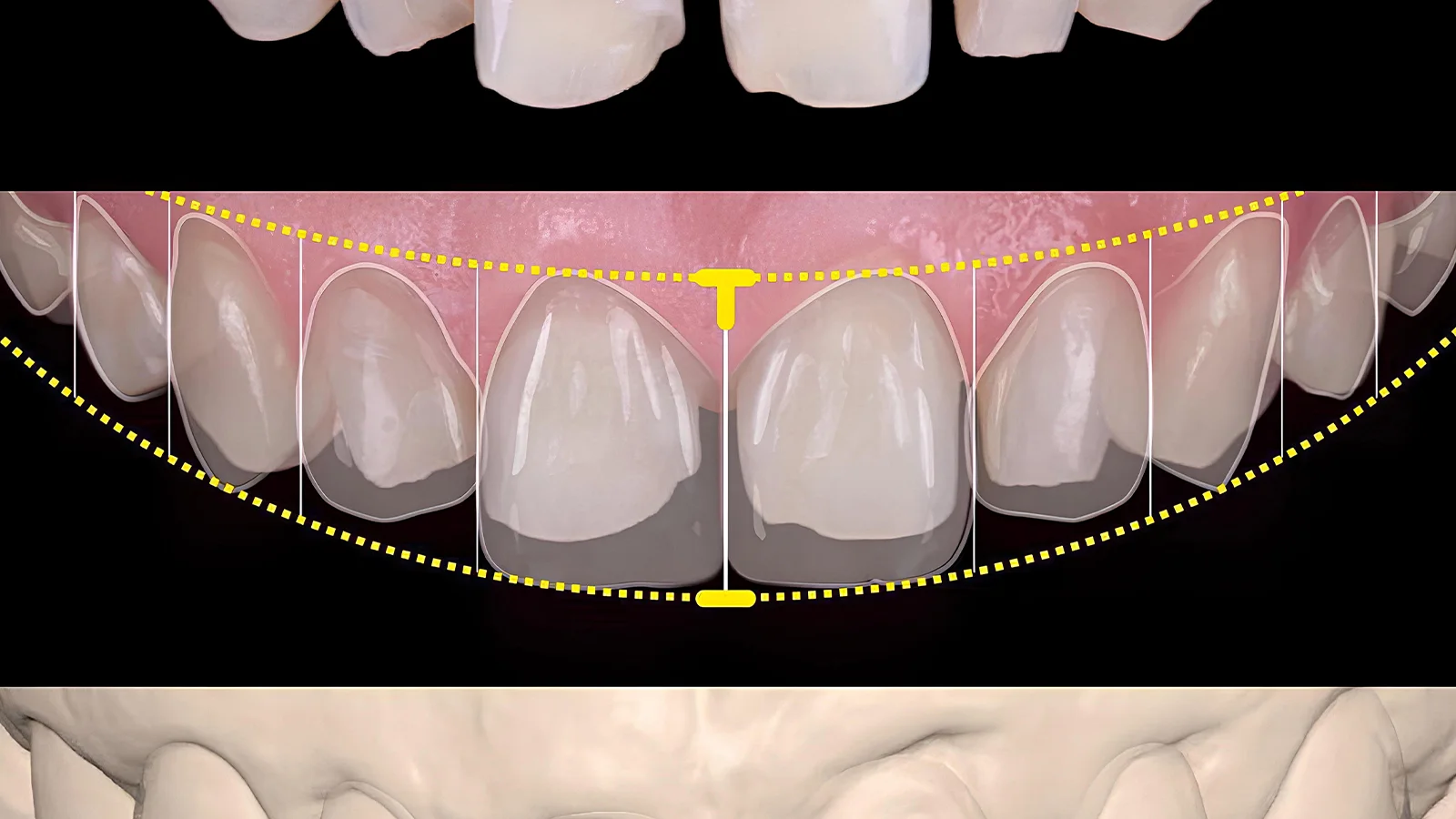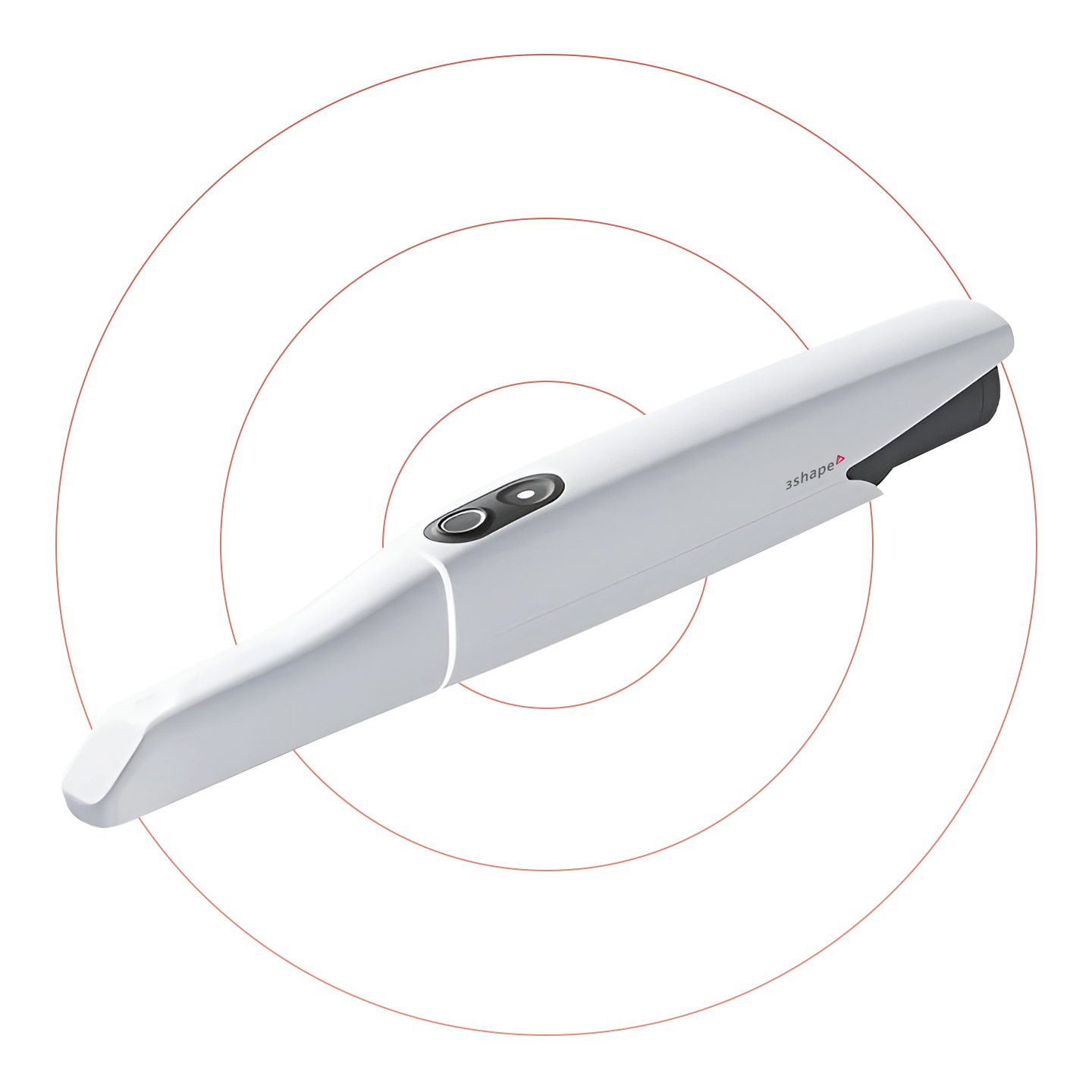The Role of Artificial Intelligence in Modern Dentistry
Artificial Intelligence (AI) has rapidly evolved from a sci-fi concept to a game-changer in many industries, including dentistry. With the ability to mimic human decision-making and learn from data patterns, AI is reshaping dental practices by enhancing diagnostics, streamlining treatment, and transforming patient experiences into more personalized and efficient journeys. But just how is AI being utilized today? And what might its future hold for the dental industry, including professionals in orthodontics?
This blog dives into the current and potential applications of AI in dentistry, explores ethical concerns and data security challenges, and underscores the continued need for human expertise in tandem with advancing technology.
Current Applications of AI in Dentistry
AI in the dental industry is already delivering tangible benefits, spanning everything from diagnostics to administrative services. Here are some of the main areas where AI is making a difference today:
1. Enhanced Diagnostics Through Imaging
AI-powered imaging is at the forefront of dental innovation. Machine learning algorithms are being used to analyze X-rays, cone-beam computed tomography (CBCT), and intraoral scans with remarkable accuracy. These systems not only identify cavities, fractures, and periodontal issues but can also flag abnormal growths like tumors or cysts.
For example, AI can scan large volumes of dental data in minutes, spotting early signs of conditions such as oral cancer or areas of bone loss that might otherwise go unseen. Acting as a "second pair of eyes," AI ensures greater diagnostic consistency, helping dentists pinpoint issues faster and more accurately.
Additionally, these systems provide practical feedback during intraoral scanning. For example, AI may notify operators about missed areas or suggest rescan zones, ensuring optimal impressions and digital restorations. This aids not just workflow efficiency but also patient outcomes by minimizing human error.
2. AI in Treatment Planning
AI is streamlining complex treatment planning processes, particularly in orthodontics and restorative dentistry. By analyzing data from scans, photos, and medical histories, AI-powered software can create precise 3D models of teeth and occlusion patterns. These models allow dental professionals to visualize different treatment options and predict optimal outcomes—for instance, identifying the ideal placement for dental implants by taking into account jawbone density and alignment.
AI also facilitates swift sharing of digitized treatment plans among specialists, enabling seamless interdisciplinary consultations. For orthodontists associated with organizations like the European Society of Orthodontics (ESO), this harmonized approach could mean better collaboration in global treatment frameworks.
3. Dental Robotics and Automation
While robotics in dentistry is still in its infancy, FDA-approved tools like the Yomi robotic system show immense promise. These robotic solutions aid in accurate implant placement by monitoring the angle, depth, and positioning in real-time, effectively guiding the dentist's hand. Robotics reduces the margin of error during surgeries and boosts procedural confidence.
Beyond surgical functions, AI-enabled robots are beginning to handle repetitive yet crucial tasks like tooth preparation, orthodontic adjustments, and even polishing. Such automation not only saves time but also decreases physical strain on practitioners.
4. Augmented Administrative Support
Administrative work is one of the most time-consuming areas for dental practices. AI-driven tools like virtual assistants and chatbots are relieving teams of mundane tasks, including appointment scheduling, eligibility checks, and patient reminders.
For instance, ChatGPT-like assistants can work as 24/7 digital front desks, answering patient queries, processing feedback, and personalizing appointment suggestions. Meanwhile, AI-powered billing systems ensure claims are correctly filed, saving hours of manual labor and reducing potential errors.
The administrative power of AI is not merely about convenience; it creates more space for teams to focus on delivering empathetic patient care, a necessity in dentistry’s more hands-on services.
Future Advancements in AI Dentistry
While AI’s contributions today are impressive, its potential capabilities could mark new eras of patient care and professional practice.
1. Predictive Healthcare and Analytics
One of the most groundbreaking possibilities lies in predictive analytics. By integrating patient records, genetic data, and lifestyle habits through AI, practitioners may one day identify potential oral health issues long before symptoms arise. This shift from reactive to preventive care could revolutionize treatment strategies and reduce the need for invasive interventions.
For example, AI could calculate susceptibility to conditions like caries, gum disease, or even implant failure based on predictive patterns such as bone density data or dietary trends. This knowledge would allow dentists to implement early, targeted preventive measures tailored to individual patients’ risks.
2. Personalized and Precision Dental Care
AI will likely play a leading role in tailoring treatments to match patients’ unique needs. Advanced systems may consider factors like a patient’s genetic predisposition or systemic health risks (e.g., diabetes impacting gum health) when crafting orthodontic or prosthodontic plans.
For orthodontics, AI could move beyond current aligner prediction models to dynamically suggest updated treatments as patient anatomy changes in real time. Think AI-powered braces that “communicate” with orthodontists about wear time adjustments or force levels for alignment efficiency!
Ethical Considerations and Data Privacy
While AI opens exciting possibilities, ethical concerns must remain front and center in discussions about its usage. Here are some critical points to keep in mind:
- Data Privacy and Security
Dental imaging and patient history data collected by AI systems can be highly sensitive. Protecting this information through encrypted storage and strict compliance with regulations like GDPR (General Data Protection Regulation) is vital. Tools must also be rigorously audited to ensure they meet cybersecurity standards. - Eliminating Algorithm Bias
AI models are only as unbiased as the data they’re trained on. If these datasets lack diversity, inaccuracies may arise. For example, identifying lesions might disproportionately fail for certain demographics if AI training sets aren’t inclusive. Best practices in AI ethics involve continual validation and retraining on global, diverse datasets. - Human and Machine Collaboration
Finally, concerns surrounding AI replacing dental professionals need addressing. AI is a complement, not a replacement. Machines can support diagnostics and reduce workload but will never replicate the judgment, empathy, and clinical expertise of a human dentist. The goal must be to augment, not eliminate, the professional touch.
The Path Forward
AI is undeniably paving the way for the future of modern dentistry. From rapid, precise diagnostics to predictive healthcare and personalized treatment pathways, its implementation could mean more accurate, faster, and patient-centered care. For European Society of Orthodontics practitioners and dental stakeholders alike, adopting these technologies must involve careful consideration of their potential, alongside ethical imperatives and transparency.
For those navigating this integration, the key lies in staying informed. Whether that’s consulting with tech providers, exploring AI-powered research collaboration, or continuously expanding data protection frameworks, dental professionals can play pivotal roles in ensuring this advancement is both ethical and effective.
By blending human expertise with AI’s analytical power, the dental field can look forward to a future that is not only intelligent but also profoundly patient-focused.


